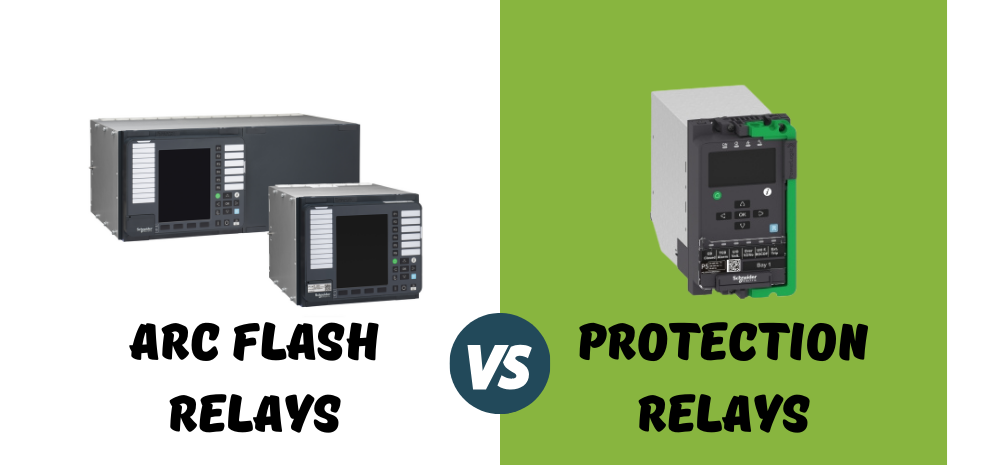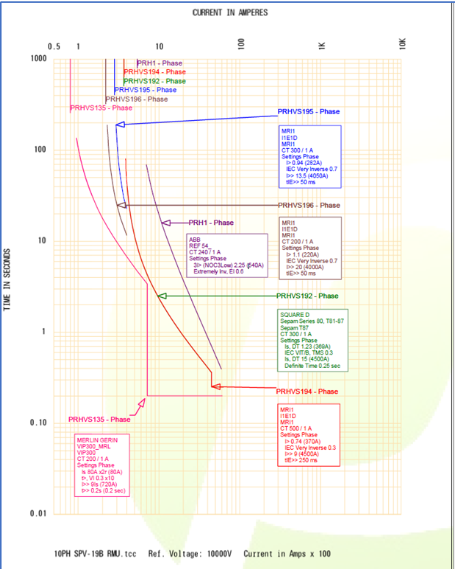Understanding an electrical network’s real operating characteristics for all potential fault conditions will remove the need for ‘over engineering’ or oversizing equipment and offer value engineering. Here, we discuss the best practices in design optimisation for data centres.
From design to commissioning and maintenance, the need to understand the capacities and capabilities of a data centre’s electrical system is crucial.
One of the most effective tools in meeting these needs is an electrical systems model. A model can be used to predict the required capacities of components, ensure effective and reliable protection and maintain a safe environment for operators of the data centre.
An electrical model is an abstract of the real installation that can be used to optimize/future-proof the data centre’s initial design concept as well as interrogate the power system’s performance under all potential network feeding arrangements. Furthermore modelling and analysing the electrical installation at the design stage can be used to enhance value engineering.
Once the initial high-level design has been decided upon, which typically consists of the electrical network’s configuration and estimated loads, the electrical model can be built and used to carry out load flow analysis. Load flow analysis can accelerate the design process for electrical components, which includes; switchgear, cabling, transformers, standby generators, UPS etc. The load flow study forms the basis of the full system design.
Furthermore, short circuit analysis is reliant on accurate max and min fault currents; max faults are used to determine min short circuit withstand ratings for switchgear while min fault levels are used to ensure selected protective devices are capable of clearing all potential short circuit faults.
One of the primary attributes that needs to be determined prior to the purchase of an electrical switchboard is the “short circuit withstand” or “fault rating” as it is more commonly referred to. The implications of installing a switchboard in a facility that is not rated to withstand max short circuit faults can lead to significant financial losses through downtime and cost of new equipment
Value Engineering
Aside from avoiding financial losses through optimised design, additional savings can be made through value engineering, which can be achieved when procuring the electrical equipment on site. Understanding the electrical networks real operating characteristics, for all potential fault conditions, removes the need for “over engineering or over sizing equipment” unnecessarily.
Oversized equipment can be a major source of energy inefficiencies. Thus, working from an accurate system model can indirectly result in significant energy savings down the line.
Protection schemes are ultimately the backbone of any reliable electrical system. When designed in conjunction with results from arc flash hazard analysis, the protection system can be used as the first line of mitigation to protect electrical operators and limit damage to electrical equipment. Again limiting downtime and damage to electrical equipment coupled with retrospectively implementing protection settings for the purpose of arc flash mitigation reduces costs and time spent on system commissioning.
Value engineering and electrical system design optimisation can be achieved in many ways using advanced modelling platforms. Improved efficiencies, reduced installation / commissioning costs, strategic future planning and educated decision making are key outcomes from power system studies.
To learn more about value engineering or to speak to us about problems in your facility, get in touch below.













